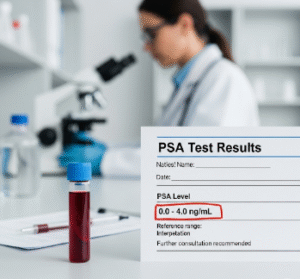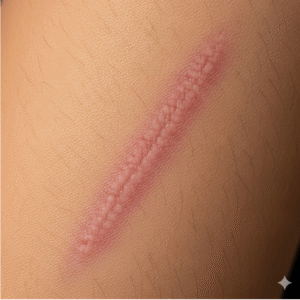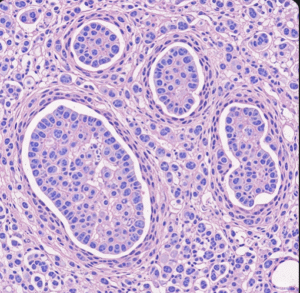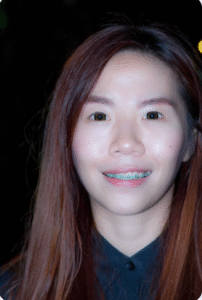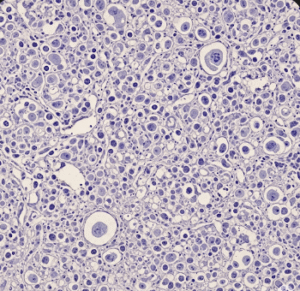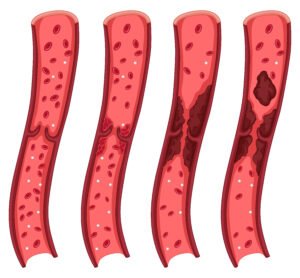Overview
Blepharospasm is a neurological condition characterized by involuntary, repetitive contractions of the eyelid muscles, leading to excessive blinking or forced closure of the eyes. It is classified as a focal dystonia, meaning it affects a specific part of the body—the eyelids. Although relatively rare, blepharospasm can significantly impact daily life, making reading, driving, or even opening the eyes challenging.
In Korea, patients have access to advanced neurology clinics, specialized ophthalmologists, and innovative treatments including botulinum toxin therapy and neuromodulation techniques. Early diagnosis and treatment are crucial for improving quality of life and preventing functional blindness caused by severe eyelid closure.
What is Blepharospasm?
Blepharospasm involves uncontrollable contractions of the orbicularis oculi muscles around the eyes. The disorder may be classified into:
- Benign essential blepharospasm: The most common type, without an identifiable cause
- Secondary blepharospasm: Triggered by neurological disorders, eye irritation, medications, or trauma
- Hemifacial spasm: A related condition affecting one side of the face, but distinct from bilateral blepharospasm
Symptoms typically progress gradually, starting with increased blinking and eye irritation, eventually leading to functional impairment if untreated.
Symptoms
Symptoms of blepharospasm include:
- Involuntary blinking or eyelid twitching
- Forceful eye closure, making it difficult to see
- Sensitivity to light (photophobia)
- Dry or watery eyes due to incomplete blinking
- Eye irritation or burning sensation
- Difficulty performing daily tasks, such as reading, driving, or using a computer
- In severe cases, temporary functional blindness due to constant eyelid closure
Symptoms often worsen under stress, fatigue, or bright light and may fluctuate in intensity.
Causes
The exact cause of blepharospasm is not fully understood, but contributing factors include:
- Abnormal neurological signaling: Dysfunction in the basal ganglia or brainstem affecting motor control
- Eye irritation or dry eyes: Chronic ocular surface irritation may trigger eyelid spasms
- Genetic predisposition: Some cases show familial patterns
- Medications: Certain drugs affecting the nervous system can precipitate symptoms
- Secondary neurological disorders: Parkinson’s disease, stroke, or trauma affecting cranial nerves
Risk Factors
- Age: Typically affects adults over 50, though younger individuals may also develop symptoms
- Female gender: Women are slightly more prone to blepharospasm
- Eye conditions: Chronic dry eye, inflammation, or irritation
- Neurological disorders: Parkinsonism or dystonias elsewhere in the body
- Environmental factors: Bright lights, wind, or prolonged screen use may worsen symptoms
Complications
If left untreated, blepharospasm can lead to:
- Functional blindness: Difficulty opening eyes severely limits vision
- Social and emotional impact: Anxiety, depression, or social withdrawal due to visible eye spasms
- Secondary eye problems: Dry eyes, corneal irritation, or conjunctivitis from excessive blinking or incomplete closure
- Interference with work or daily activities due to visual impairment
- Progression: In some cases, symptoms spread to other facial muscles (segmental dystonia)
Prevention
Although blepharospasm cannot always be prevented, certain strategies may reduce triggers and manage early symptoms:
- Manage eye irritation: Regular lubrication with artificial tears and treating underlying dry eye
- Reduce environmental triggers: Sunglasses, tinted lenses, or avoiding bright light exposure
- Stress management: Relaxation techniques, yoga, or mindfulness may lessen symptom intensity
- Regular eye check-ups: Early evaluation for ocular surface disorders
- Medication review: Avoid drugs that may exacerbate dystonia
Treatment Options in Korea
Diagnosis
Korean neurology and ophthalmology clinics use comprehensive diagnostic approaches:
- Clinical evaluation: Observing eyelid movements, blink frequency, and triggers
- Neurological examination: Assessment for other dystonias or cranial nerve involvement
- Ophthalmic assessment: Evaluates eye surface health and rule out ocular irritation as the primary cause
- Imaging studies (if needed): MRI or CT scans to exclude secondary neurological causes
Medical Management
Treatment focuses on symptom relief and functional improvement:
- Botulinum toxin (Botox) injections: The primary and most effective treatment, temporarily paralyzing the eyelid muscles to reduce spasms
- Oral medications: Muscle relaxants or anticholinergic drugs may help in mild cases
- Lubricating eye drops or ointments: Reduce irritation from dry eyes
- Physical therapy and relaxation techniques: May provide supplementary benefit
Surgical Management
In severe, treatment-resistant cases, surgical interventions may be considered:
- Myectomy: Removal of some orbicularis oculi muscle fibers to reduce contractions
- Neuro-modulatory procedures: Rarely, targeted nerve procedures for chronic, disabling blepharospasm
Supportive Care
- Education on managing daily triggers and environmental factors
- Psychological support for anxiety, depression, or social difficulties
- Regular follow-ups to adjust botulinum toxin doses or monitor progression
- Low-vision aids or tinted lenses to improve comfort and function
Prognosis
The prognosis for blepharospasm in Korea is generally good with proper management:
- Most patients respond well to botulinum toxin injections, which can significantly reduce spasms and improve quality of life
- Repeat treatments are often required every 3–6 months, but long-term management is effective
- Early intervention prevents complications such as functional blindness or secondary eye disorders
- With combined care from neurologists and ophthalmologists, patients maintain independence, safety, and daily activity performance


